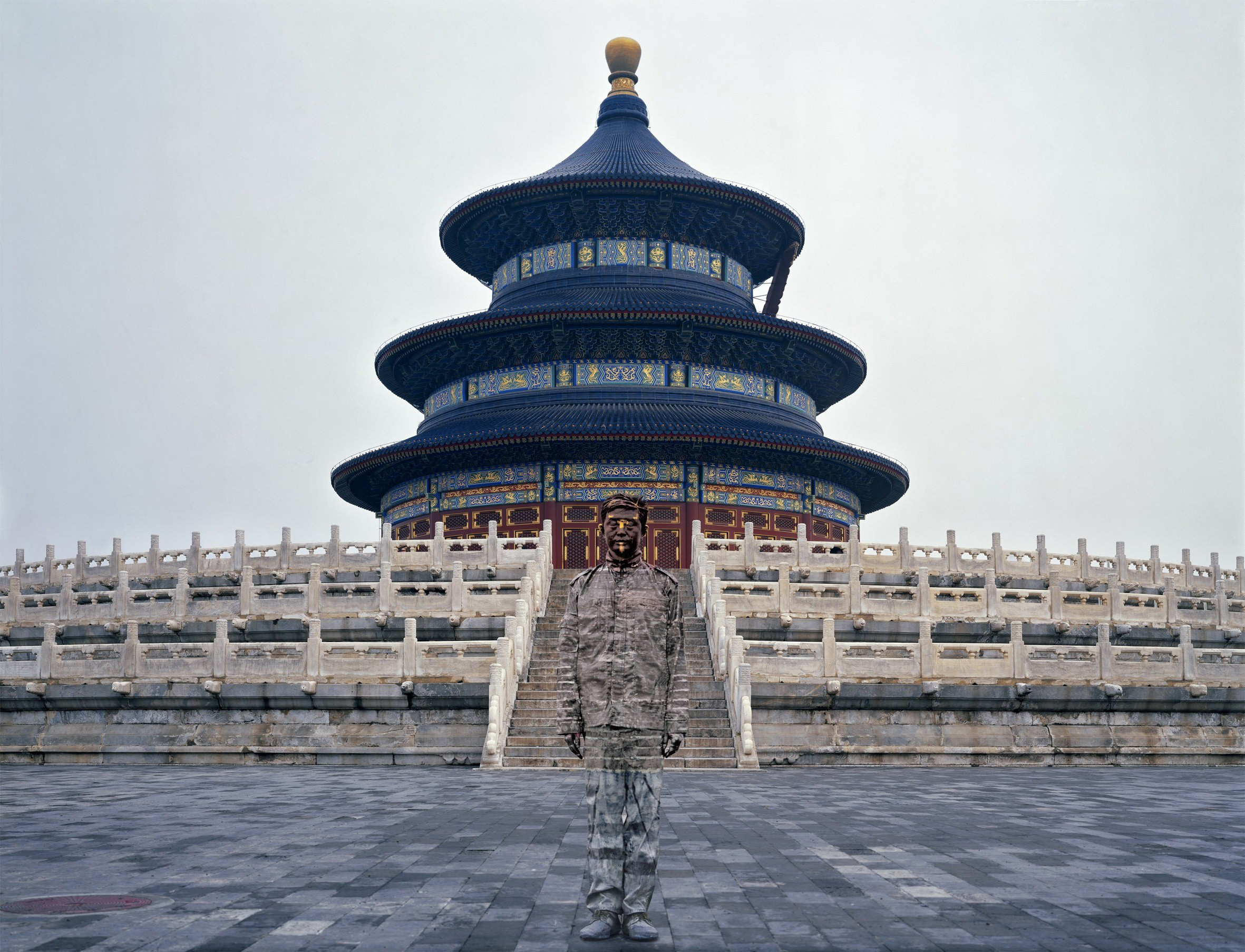
The relationship between the state and society in China has been ground for producing controversial works of art such as the iconic photograph of Tank Man — the lone civilian standing up to the People’s Liberation Army in Tiananmen Square — or Ai Weiwei’s Study in Perspective, both of which seek a spiritual redress in their defiance of authority. In this sociopolitical tradition stands the work of the Beijing-based artist Liu Bolin, who employs photography as a means to explore the Chinese national identity while silently protesting its government. His series Hiding in the City was born out of the governmental eviction and subsequent destruction of his Beijing studio in 2005. As a result, Liu began to use the city around him as a backdrop, painting himself to blend in with a landscape in constant flux. By literally blending into the city, Liu, who considers himself an outsider, creates a tension that challenges the viewer to question what is on and beneath the surface.
Liu’s Hiding in the City series, along with other work by the photographer, is currently on view at the Eli Klein Fine Art gallery in New York City. For Liu, the most important element of his images is the background. By using iconic cultural landmarks such as the Temple of Heaven, the Great Wall, or the remains of Suo Jia Village where his studio was housed, Liu seeks to direct awareness to the humanity caught between the relics of the imperial past and the sleek modern monoliths of the 21st century China. Each image requires meticulous planning and execution: as both artist and performer, Liu directs the photographer on how to compose each scene before entering the frame. Once situated, he puts on his Chinese military uniform, which he wears for all of his Invisible Man photographs and, with the help of an assistant and painter, is painted seamlessly into the scene. This process can sometimes take up to 10 hours with Liu having to stand perfectly still. Although the end result of Liu’s process is the photograph, the tension between his body and the landscape is itself a manifestation of China’s incredible social and physical change. Simultaneously a protester and a performance artist, Liu completely deconstructs himself by becoming invisible, becoming a symbol of the humanity hidden within the confines of a developing capital.
Liu Bolin is a Chinese artist whose work has been shown around the world. The exhibition “Liu Bolin: Lost in Art“ will be on view at the Eli Klein Fine Art gallery in New York City through May 11.
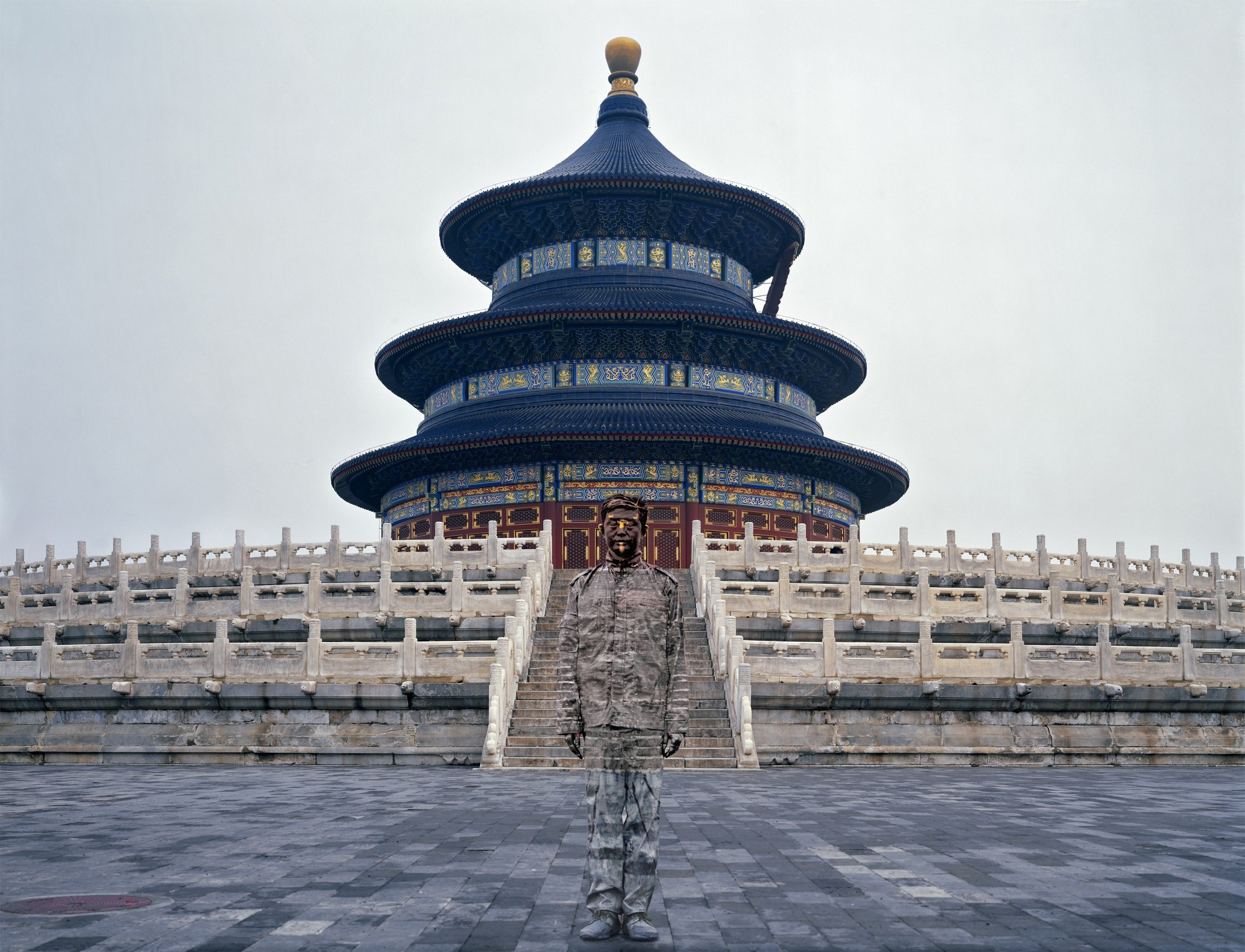

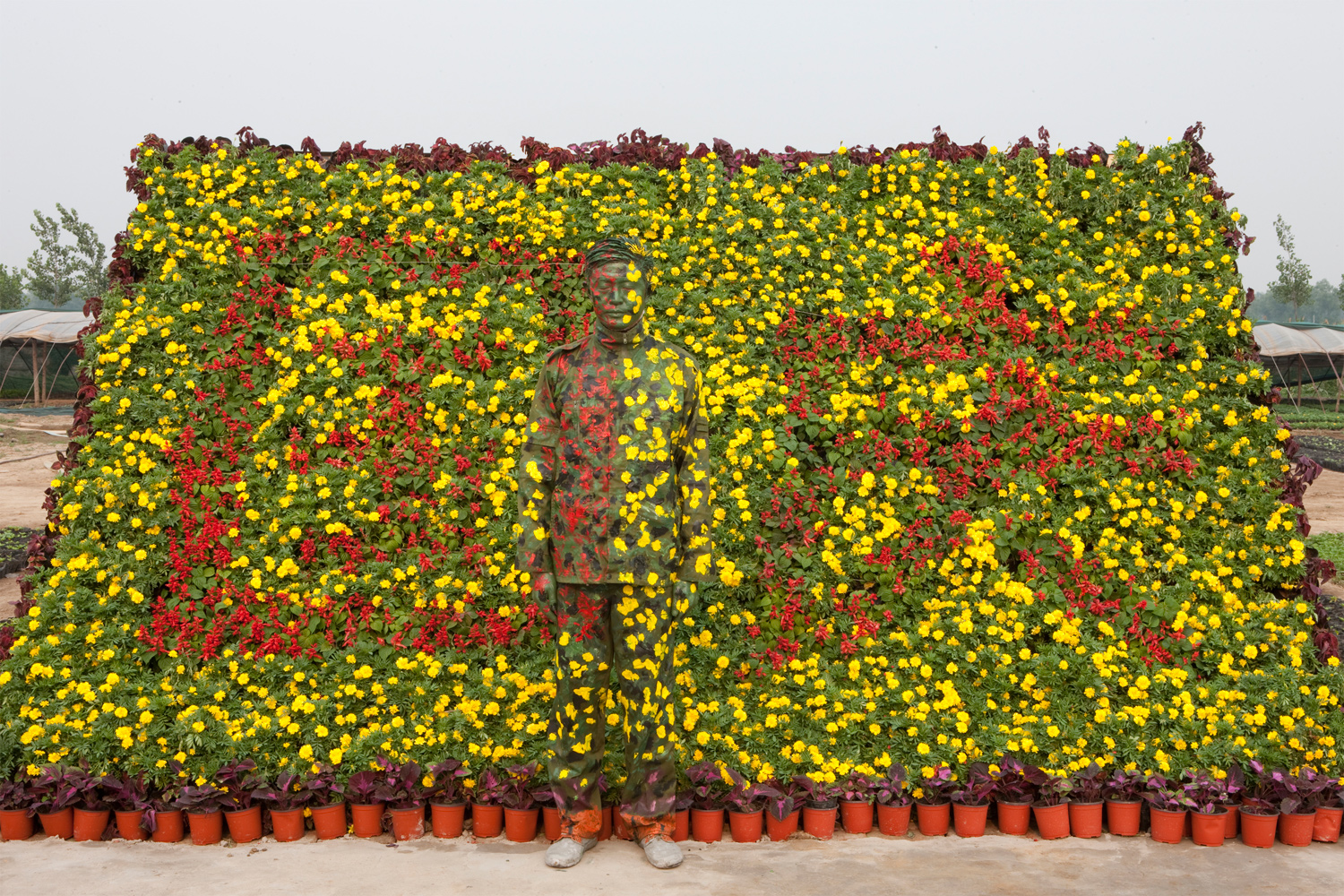

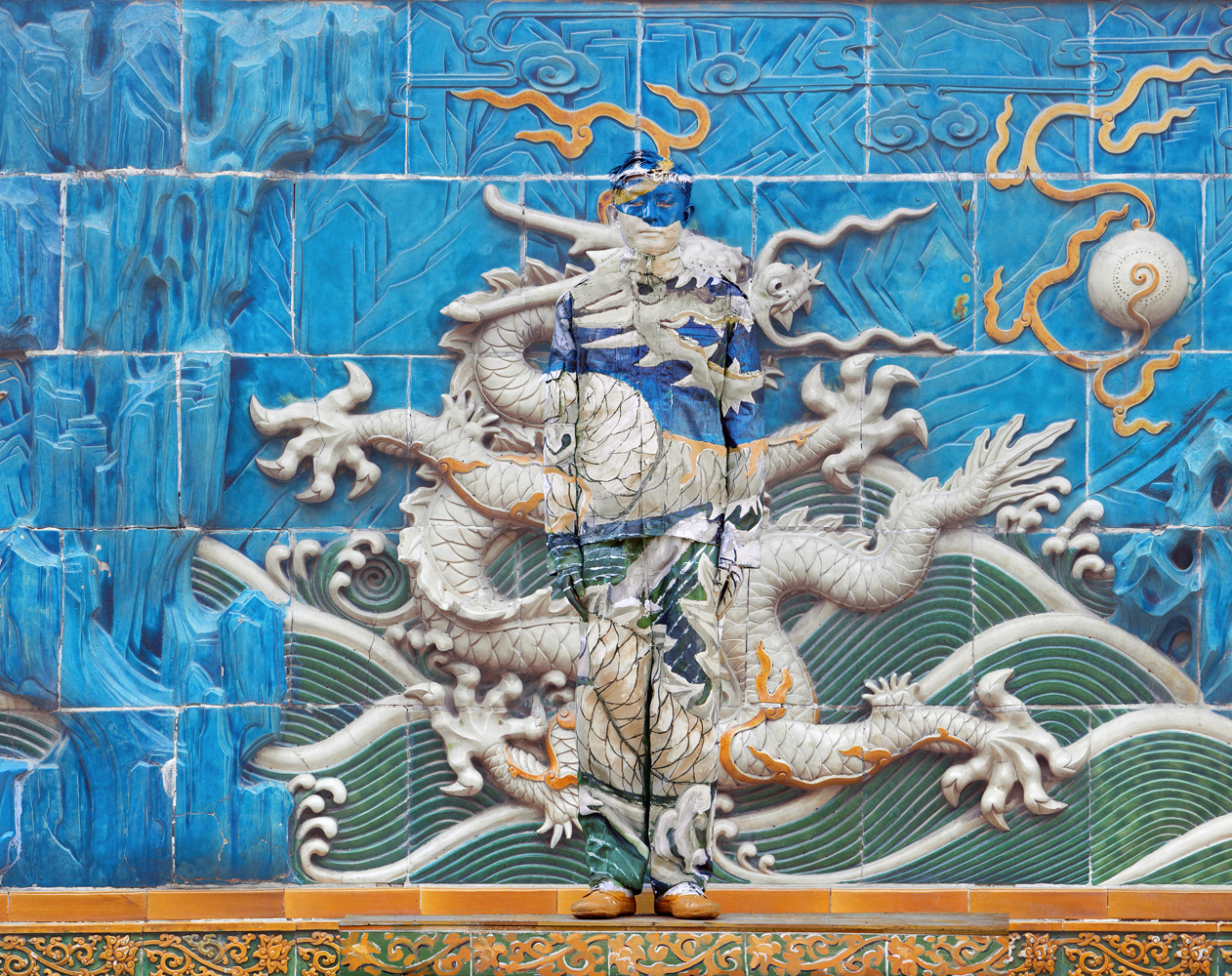
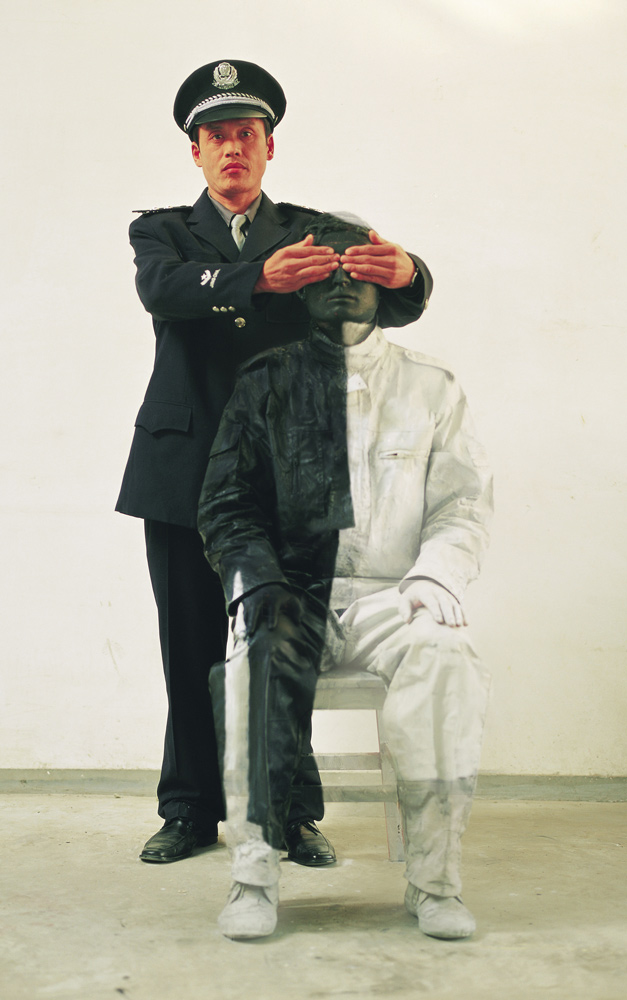
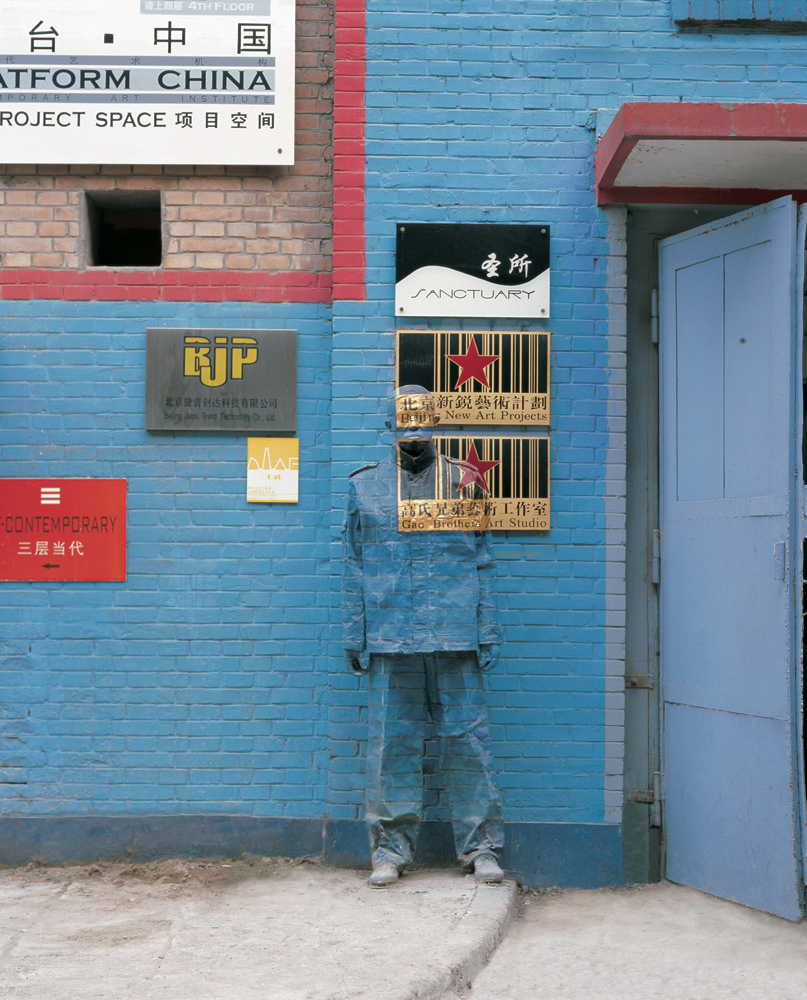


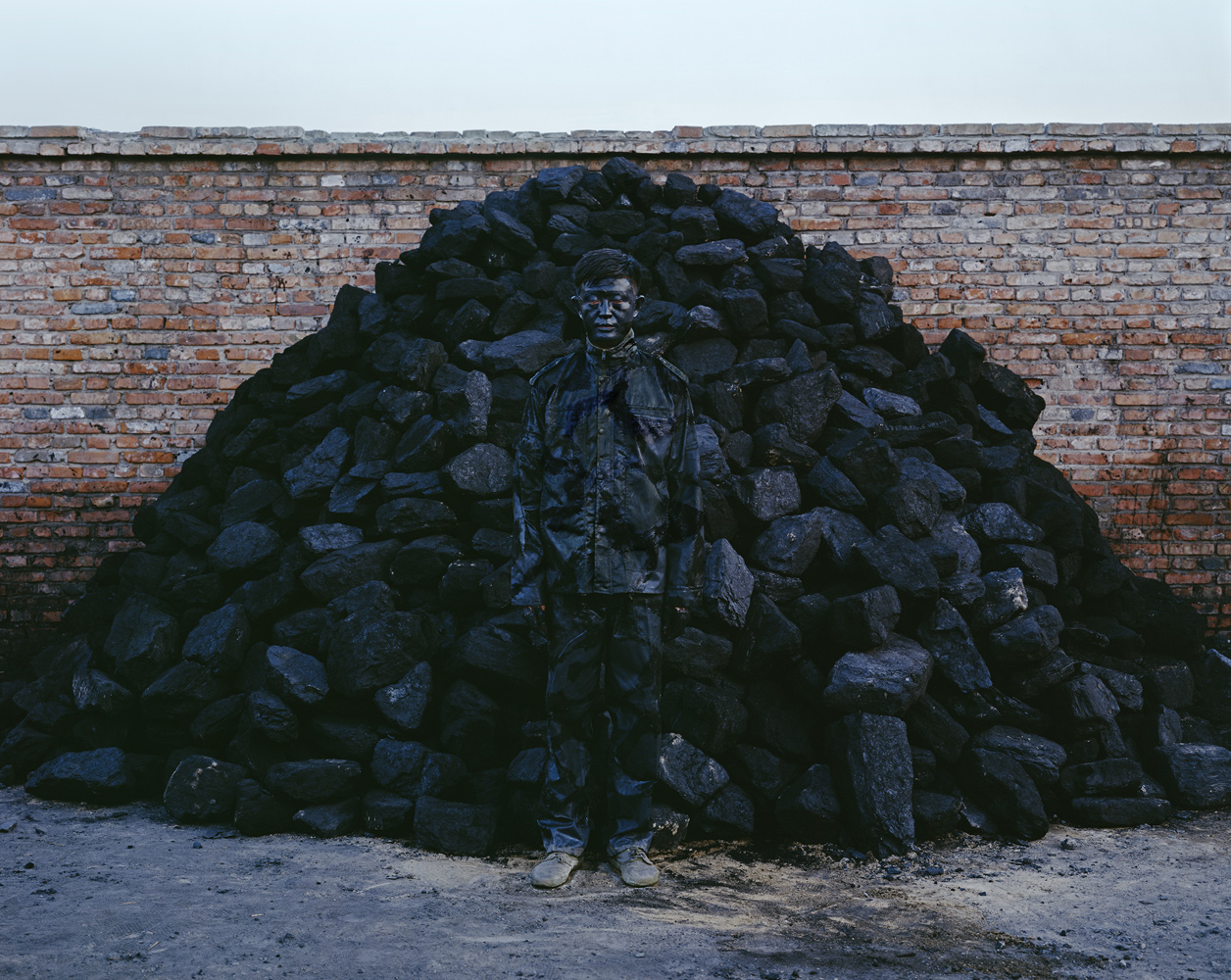
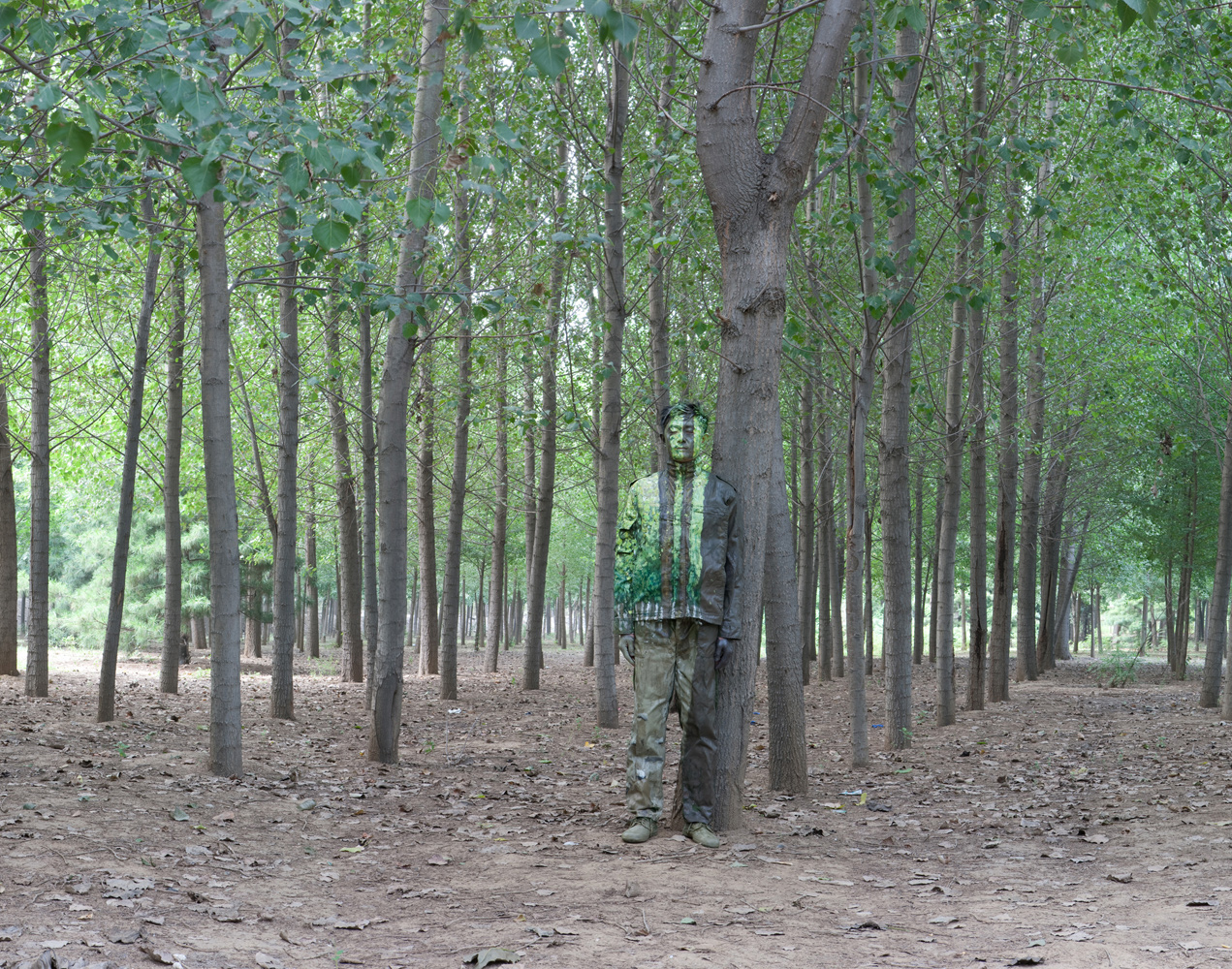
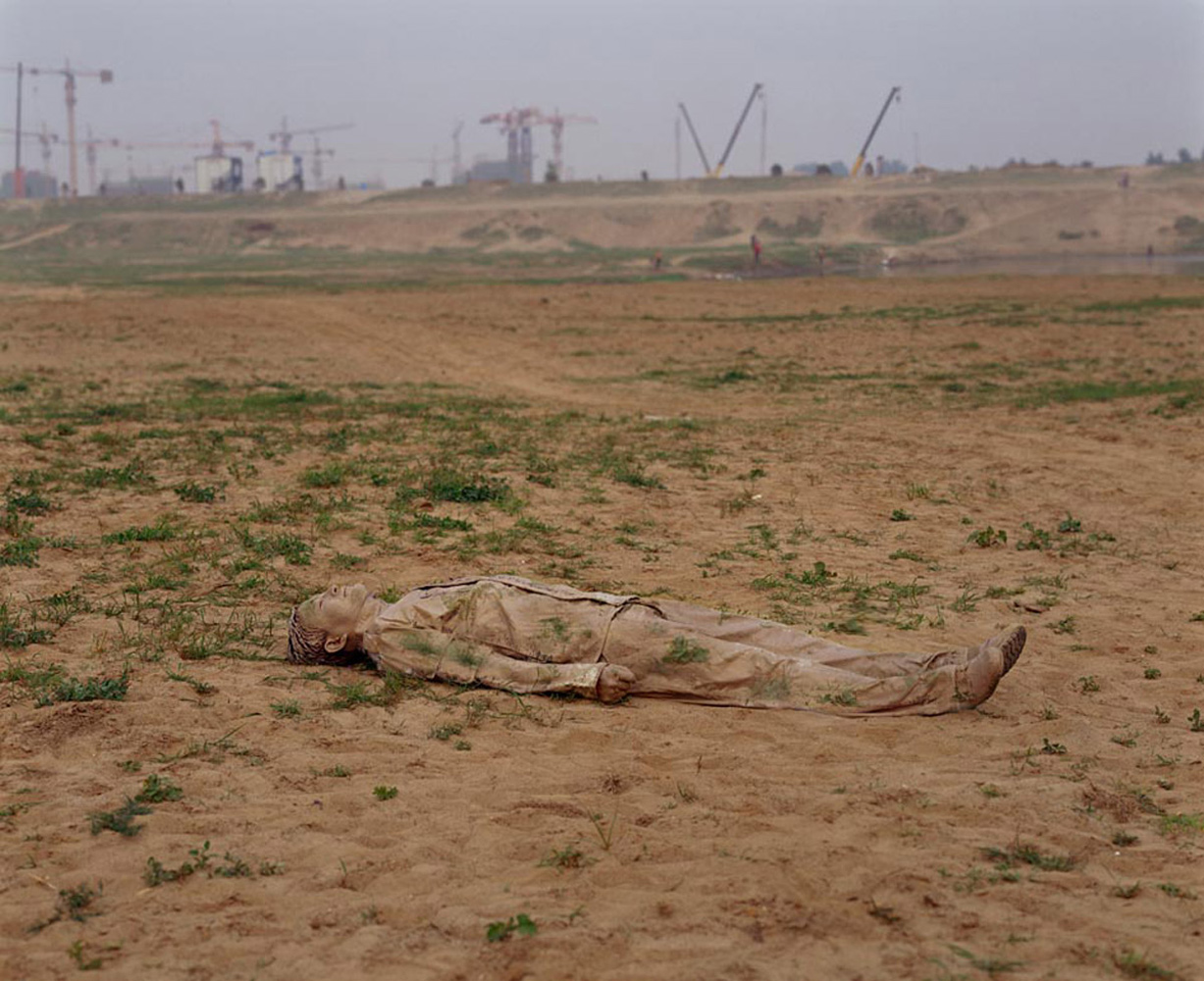
More Must-Reads From TIME
- The 100 Most Influential People of 2024
- Coco Gauff Is Playing for Herself Now
- Scenes From Pro-Palestinian Encampments Across U.S. Universities
- 6 Compliments That Land Every Time
- If You're Dating Right Now , You're Brave: Column
- The AI That Could Heal a Divided Internet
- Fallout Is a Brilliant Model for the Future of Video Game Adaptations
- Want Weekly Recs on What to Watch, Read, and More? Sign Up for Worth Your Time
Contact us at letters@time.com